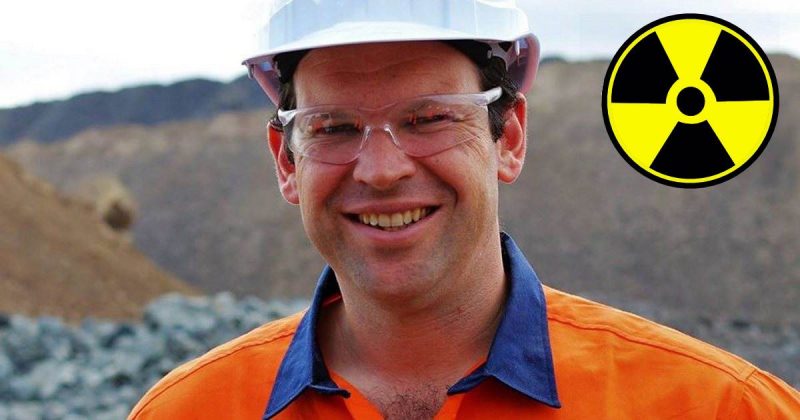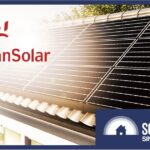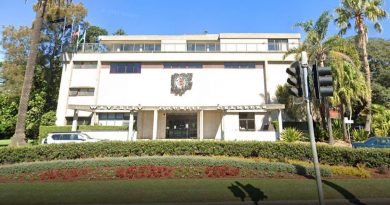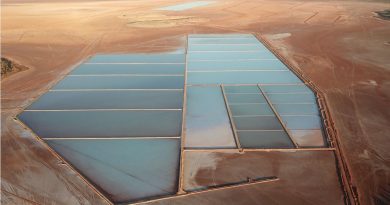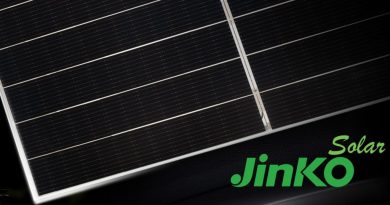Polysilicon: Price And Forced Labour Concerns Persist
![]()
The global spot price average for a crucial element of solar panels – polysilicon – is close to four times what it was in late May last year. Meanwhile, forced labour concerns continue to cast a shadow over the polysilicon sector.
Solar panels used on residential rooftops weigh around 21kg and while silicon is the material responsible for the photovoltaic effect in solar cells, it only makes up around 550g of a panel – or a bit over 1kg if wastage is taken into account. Raw polycrystalline silicon, aka polysilicon, is used to manufacture both polycrystalline and monocrystalline silicon solar cells.
Polysilicon spot prices had dropped to below USD $7/kg at the end of the second quarter of 2020 in the wake of the COVID-19 pandemic. But then in July, polysilicon producer GCL-Poly shuttered a major production facility in China after a series of explosions occurred at the plant. This immediately put upward pressure on prices and combined with other incidents and rebounding demand, it has continued heading north since.
As at Thursday last week, Bernreuter Research pegged the spot price at US$26.93 per kg. The situation appears to have had a limited effect on the cost of solar power systems in Australia so far.
Bernreuter Research believes strong demand and limited capacity expansion in the first three quarters of this year will keep the polysilicon spot price high, but new Chinese plants coming online in the final quarter will start driving it down.
Looking further ahead, there’s a bunch more production capacity in the pipeline. Among it, East Hope recently announced it would start construction of a 250,000 MT polysilicon factory in the Ningxia Hui autonomous region in northern China in the second half of this year, with it commencing operations next year. This is the first stage of what the company says will be a 400,000 MT facility.
Forced Labour – Spotlight On Polysilicon Producers
Many of the world’s major polysilicon producers have manufacturing facilities in Xinjiang Uyghur Autonomous Region (XUAR or Uyghur Region) in northwest China. Xinjiang is home to ethnic minority groups, including the Turkic Uyghur people. It’s alleged many Uyghur are detained in “re-education” camps; some of which contain factories where they are forced to work.
Early this year polysilicon giant Daqo addressed concerns forced labour was used in any of its facilities, calling the practice “morally abhorrent”. Early this month, the company hosted a tour of its polysilicon facility in Shihezi City, Xinjiang Uyghur Autonomous Region for institutional investors and solar industry analysts.
Commenting on the event, Chief Executive Officer of Daqo Longgen Zhang said:
“As stated repeatedly, we do not condone the use of forced labor under any circumstances. Furthermore, our visitors were able to see that our chemical process, which is highly automated, digitalized, technology-intensive, is not conducive to employing unskilled labor.”
A video of the tour can be viewed here.
But the situation with polysilicon and Xinjiang is a little more complicated than just what’s happening on the factory floor. For example, one of the reasons producers locate in Xinjiang is due to its cheap power. Much of this is still unfortunately provided by coal, but wind and solar power is becoming more commonplace – recently estimated at 38.5GW capacity.
The coal issue aside, Xinjiang’s regional power grid is operated by a division of Xinjiang Production and Construction Corps, which is accused of using forced labor.
Sheffield Hallam University’s Helena Kennedy Centre for International Justice has very recently published a report that it says details how forced labour in the Uyghur region has ripple effects throughout international solar supply chains.
Original Source: https://www.solarquotes.com.au/blog/polysilicon-price-labour-mb2016/
